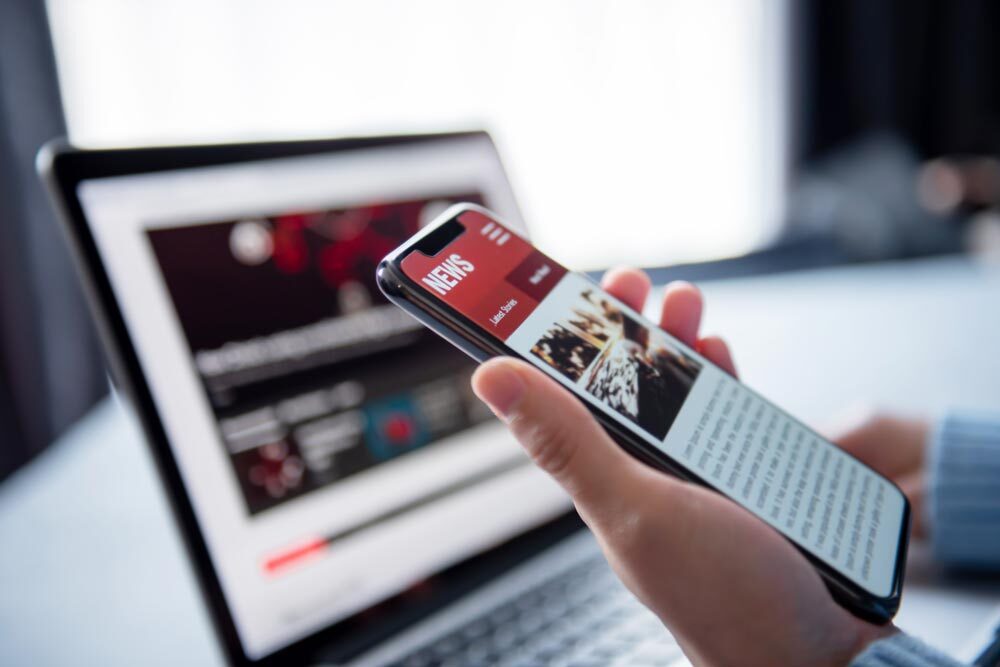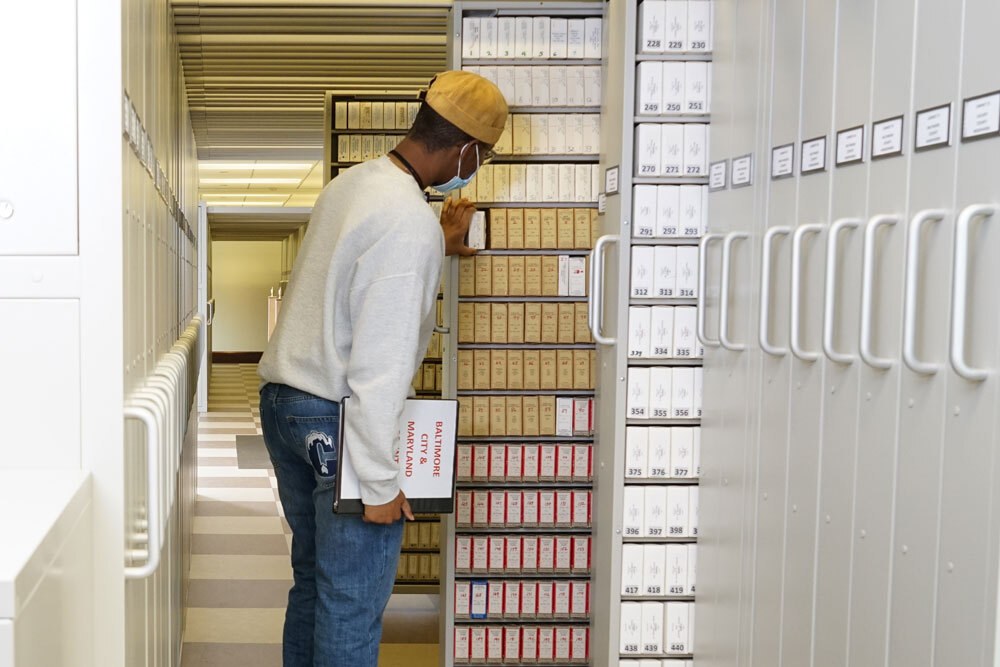Fake News & How to Spot It

The topic of fake news is as old as the news industry itself—misinformation, hoaxes, propaganda, and satire have long been in existence. This guide will help you determine the kinds of fake news that exist and provide tools for how to evaluate news for its reliability and truth.
Sources of News
A variety of sources for news exist, and the most widely used are listed below.
Radio
There are many types of radio broadcasters, including commercial and noncommercial, that deliver news to listeners. It is common for local radio stations to exist as affiliates of larger broadcast networks.
Newspapers
The highest circulating print newspapers in the United States include USA Today, The Wall Street Journal, The New York Times, and The Washington Post. Each newspaper's corresponding website has varying levels of access. Many newspapers rely on content from The Associated Press and Reuters. There is also a large number of local newspapers—more than 1,300 in the United States alone according to the Newspaper Association of America.
Television
The largest broadcast US television news networks include NBC, CBS, ABC, and Fox. Local television news channels carry national news programs as well as local news programs. The largest US cable television news channels include C-SPAN, CNN, MSNBC, CNBC, Bloomberg Television, and Fox Business Network.
Word of Mouth
News that you hear from others by word of mouth is also a source of news!
The Internet
Since its invention and widespread use, the Internet has rapidly become a major source for news. Many news sites correspond to radio, newspaper, and television networks, but some news organizations, which mostly focus on political news, only appear online such as Politico, RealClearPolitics, and The Huffington Post.
Social Media
Social media is another source of news—users visit sites like Facebook and X to follow and share news. For mobile use, social media sites also develop and release apps for phones or other mobile devices that users can download to access news.
What is Fake News?
Fake News is: information that cannot be verified, without sources, and possibly untrue.
Types of Fake News
While fake news can take many forms, there are several broad types:
Deliberate Misinformation
There is fake news written for profit and then shared on social media among targeted groups of people who want to believe that it is true. The intention is for the fake news to spread without readers taking the time to properly verify it. This type of fake news is untrue news.
False Headlines
A news headline may read one way or state something as fact, but then the body of the article says something different. The Internet term for this type of misleading fake news is “clickbait”—headlines that catch a reader’s attention to make them click on the fake news. This type of fake news is misleading at best and untrue at worst.
Social Media Sharing
Social media’s ability to show a large number of news items in a short time means that users might not take the time to research and verify each one. These sites often rely on shares, likes, or followers who then turn news items into a popularity contest—and just because something is popular and widely-shared does not mean it’s true.
Satire
Satire news or comedy news often begins with an aspect of truth then purposefully twists it to comment on society. Satire news has the potential to be spread as though it is real news by those who do not understand its humorous nature. An example of a well-known satire website is The Onion.
Evaluate and Verify: Questions to Ask Yourself
Media Literacy
The process and ability to be able to evaluate and separate fake news from real news is a part of media literacy and, on a broader level, information literacy. There are strategies that you can use to become a savvy judge of news especially online or when using social media. Below are three questions that you should always ask yourself when evaluating a news story.
Question 1: Who is the creator?
The first question in figuring out if a something is fake news is by looking at the individual who created it, or understanding the organization behind it. When assessing news, especially that which exists on the Internet, it is important to review the following:
- Do you know the person behind the presentation of the material?
- Is there a byline or introduction, and are you aware of the person’s expertise?
- Is the author listed on the site, or is there an “about me” section?
- Does the organization have an “about us” link?
- What is the name of the organization creating or hosting the content?
- Look at the URL. Does it have a tilde ~ in it? This is frequently a personal site.
- Check for the ending of the website’s URL: .gov, .edu, .mil, and .org are more credible than websites that end in .com, .net, and many others.
- Search the Internet for more information about the author.
- Search LinkedIn, a social media site for professionals.
- Search an online library catalog to see what books the author has written.
- Search online research databases to see what the author has written/published.
- Is this a firsthand account, or is this being seen through the eyes of an editor?
Question 2: What is the message?
The second question in determining if something is fake news is by looking at the message itself and understanding what is being communicated. Review the following:
- What is the content of the message?
- Can I find this same news in multiple places?
- Do multiple places use different experts and sources in their reports?
- Is the website this news appears on updated regularly?
- What is the date of the story?
- Check the sources from the story and their expertise. Are they anonymous?
- Are sources in quotes? Quotes lend greater authenticity and credibility.
- Can you figure out if there is bias in the message? Is there a slant to the news?
- Is the news fact or is it more opinion?
- What viewpoint is being expressed and what is being left out?
- What is the format of the message? Look at visual elements and text elements.
Question 3: Why was this created?
The third question in determining if something is fake news is by looking at why the message was created. Review the following:
- Can you tell what motivated the creation of this message?
- Was this message created for profit?
- Is this news actually an advertisement?
- Are the sources being paid?
- Is the author being paid?
- If the content lists itself as “sponsored content” that means an individual or organization is paying to display the content.
It is always a good idea to verify information before you share it with others—in person or on social media. Aside from the three questions above, an additional method that works is the CRAAP test—look at the content for its currency—the timeliness of the information, relevance—the importance of the information to your needs, authority—the source of the information, accuracy—the reliability and truthfulness of the information, and purpose—the reason the information exists.
Organizations
Several educational and non-profit institutions organize around the principles of media literacy and have additional resources available to assist you. Links to some of these organizations including a brief description from their website are below.
Center for Media Literacy (CML)"An educational organization dedicated to promoting and supporting media literacy education as a framework for accessing, analyzing, evaluating, creating, and participating with media content."
Media Literacy Now"Provides policy and advocacy information, expertise, and resources to develop state laws to implement media literacy education in schools."
National Association for Media Literacy Education (NAMLE)“Dedicated to media literacy as a basic life skill for the 21st century, helping individuals of all ages develop the habits of inquiry and skills of expression that they need to be critical thinkers, effective communicators, and active citizens.”
The News Literacy Project (NLP)"A nonpartisan national education nonprofit that works with educators and journalists to teach middle school and high school students how to sort fact from fiction in the digital age."
The Poynter Institute“Since its founding in 1975, The Poynter Institute has had one goal: to elevate journalism. Poynter launched the International Fact-Checking Network and each year, Poynter trains thousands of journalists around the world.”
Need Help?
As Maryland's State Library Resource Center, the Enoch Pratt Free Library has a broad collection of resources for evaluating and verifying sources of information. If you need additional assistance please contact us.
Contact us through our Ask A Librarian Service, call 410-396-5430, or write:


